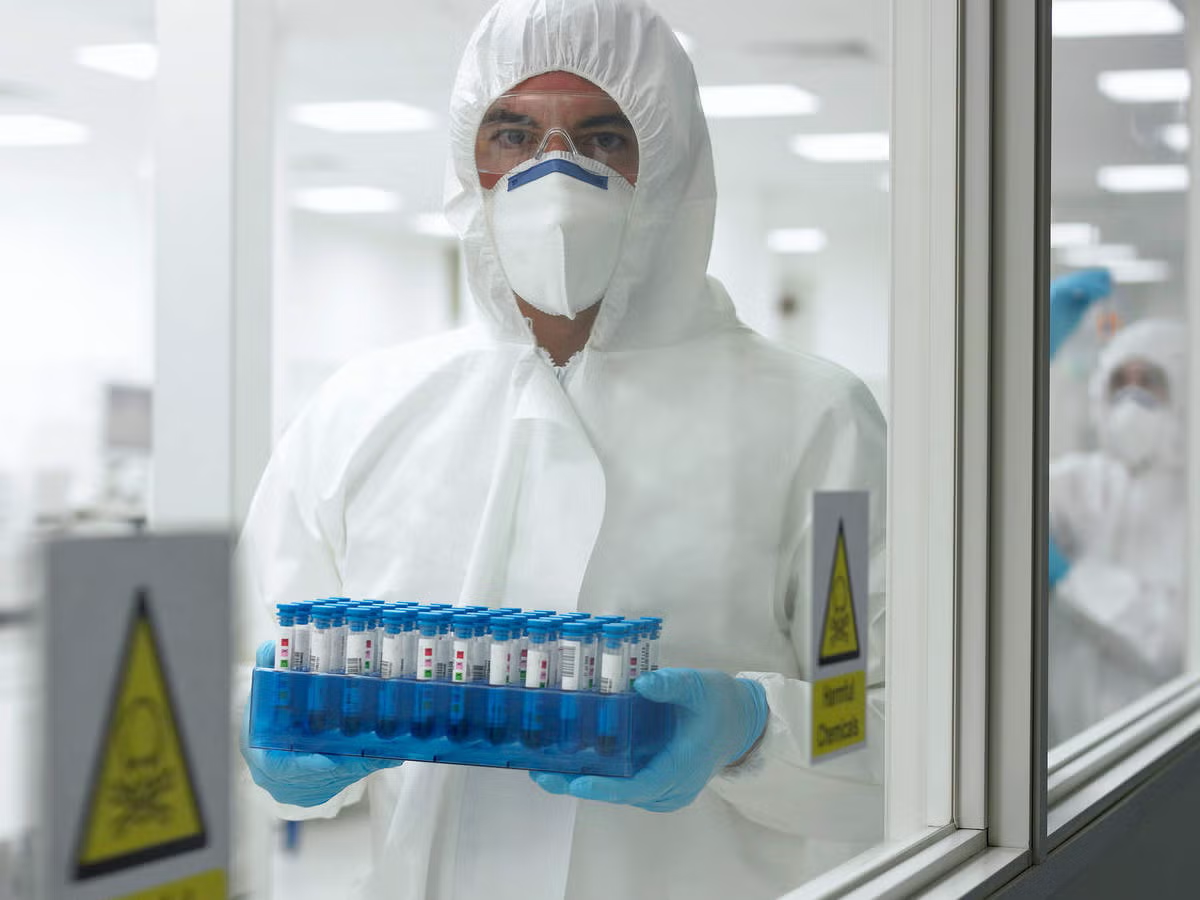Workplace Safety in the Age of AI and Automation: Balancing Risks and Benefits. As artificial intelligence (AI) and automation technologies advance at a rapid pace, workplaces around the globe are experiencing significant transformations. These innovations promise to enhance efficiency, productivity, and precision. However, they also bring a new set of challenges and considerations for occupational health and safety. In this article, we explore the implications of AI and automation on workplace safety, examining potential risks and benefits, and discuss how to prepare the workforce for these changes.
The Promise of AI and Automation
AI and automation technologies have the potential to revolutionize industries by performing tasks with greater accuracy and consistency than human workers. In manufacturing, robots can handle repetitive tasks, reducing the risk of repetitive strain injuries. In construction, drones and automated machinery can perform hazardous tasks, minimizing human exposure to dangerous conditions. AI-driven predictive maintenance systems can anticipate equipment failures, preventing accidents before they occur.Workplace Safety in the Age of AI and Automation: Balancing Risks and Benefits.
These advancements not only enhance productivity but also have the potential to create safer working environments. By taking over dangerous tasks, AI and automation can significantly reduce the incidence of workplace injuries and fatalities.
Potential Risks and Challenges
Despite the numerous benefits, the integration of AI and automation into the workplace is not without risks. One primary concern is the displacement of human workers, which can lead to stress, anxiety, and mental health issues. The uncertainty of job security in an increasingly automated world can have a profound psychological impact on employees.
Moreover, the introduction of sophisticated technologies requires workers to develop new skills and adapt to new workflows. Without proper training and support, employees may struggle to operate and interact with AI systems safely. This can lead to operational errors and accidents.
Additionally, the complexity of AI and automated systems can pose cybersecurity risks. As workplaces become more reliant on interconnected technologies, the potential for cyber-attacks increases, potentially compromising safety-critical systems and endangering workers.
Preparing the Workforce for Change
To fully realize the safety benefits of AI and automation while mitigating associated risks, it is essential to prepare the workforce for these technological changes. Here are some key strategies:
- Comprehensive Training Programs:
- Employers must invest in robust training programs to equip workers with the necessary skills to operate and interact with AI and automated systems. Training should cover not only technical skills but also safety protocols and cybersecurity awareness.
- Focus on Mental Health:
- Organizations should prioritize mental health support for employees facing job displacement or significant changes in their roles. Providing counseling services, career transition support, and promoting a culture of openness about mental health can help alleviate stress and anxiety.
- Collaborative Safety Design:
- Workers should be involved in the design and implementation of AI and automated systems. Their firsthand experience and insights can help identify potential safety issues and ensure that new technologies are user-friendly and safe.
- Continuous Monitoring and Adaptation:
- Safety protocols should be continuously monitored and adapted to address new risks associated with AI and automation. This includes regular safety audits, risk assessments, and updates to training programs.
- Cybersecurity Measures:
- Implementing stringent cybersecurity measures is crucial to protect AI and automated systems from cyber threats. This includes regular system updates, employee training on cybersecurity best practices, and robust incident response plans.
Conclusion
The integration of AI and automation in the workplace presents a unique opportunity to enhance occupational health and safety. While these technologies can significantly reduce the risk of physical injuries, they also introduce new challenges that must be addressed proactively. By investing in comprehensive training, prioritizing mental health, involving workers in safety design, and implementing robust cybersecurity measures, organizations can create a safer, more resilient workforce ready to thrive in the age of AI and automation.






